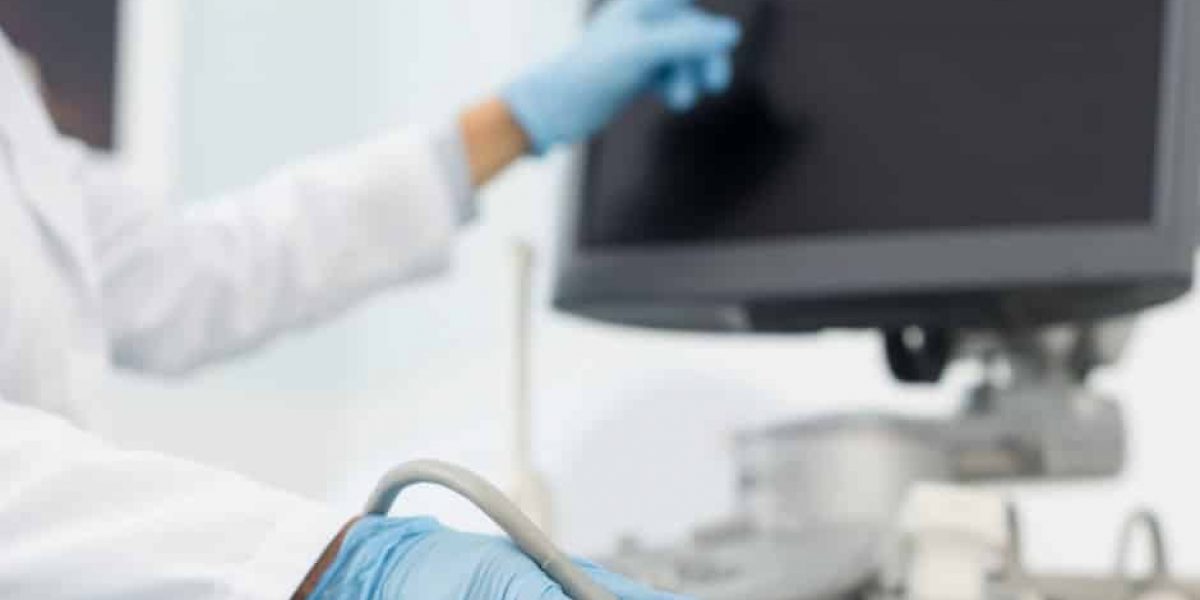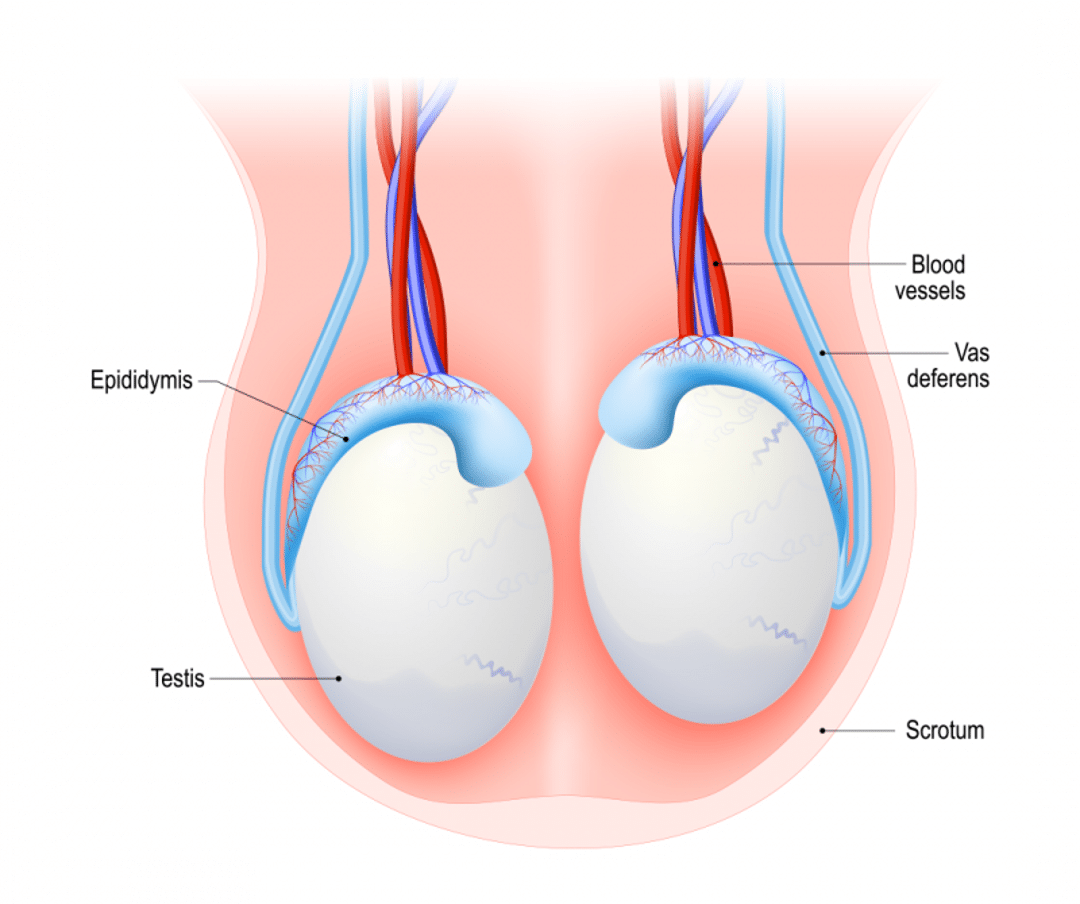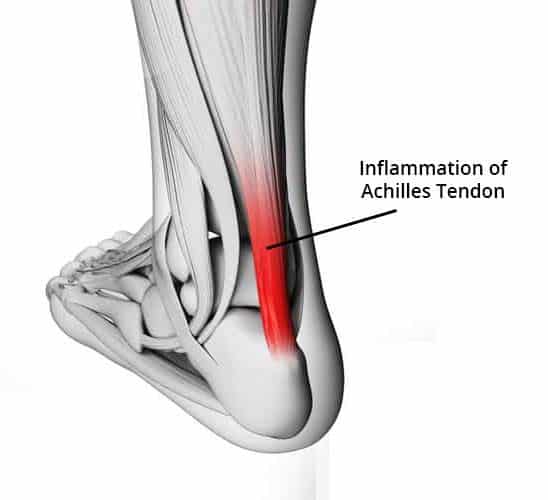An ultrasound is a simple diagnostic procedure used all around the world. The technique employs sound waves of high-frequency. These waves are sent through the body tissues. The device used for this is known as a transducer. Before the test, a gel is applied on the skin surface and the transducer is placed on top of the skin. The sound waves sent in by the transducer are reflected by the internal organs. These reflections are known as echoes. The echoes return to the transducer and are transferred to a monitor and the corresponding image is generated on the monitor. The images can then be examined by a doctor.
The technical term for ultrasound is sonography. An ultrasound is painless and harmless and does not involve any radiation. Hence, it is a safe diagnostic tool. Normally, the preparation needed for an ultrasound is minimal. If certain internal organs are to be examined, there are guidelines to follow. The patients are requested to avoid eating and drinking before the ultrasound, for at least six to eight hours.
The patients can drink only water. This is because food causes the gall bladder to contract, which will be visible in the ultrasound. When pregnant mothers undergo an ultrasound they are asked to drink four to six glasses of water one or two hours before the ultrasound. The water helps in filling the bladder and the extra fluid in bladder helps in making the baby and the womb more visible in an ultrasound.
The Ultrasound is done by a trained technician. The technician tells the patient the primary structures that are noticed by the technician. The detailed reading of an ultrasound is given by a radiologist. From the radiologist, the information is then transferred to the corresponding doctor who requested the ultrasound. The doctor then uses the reports to make a diagnosis.





